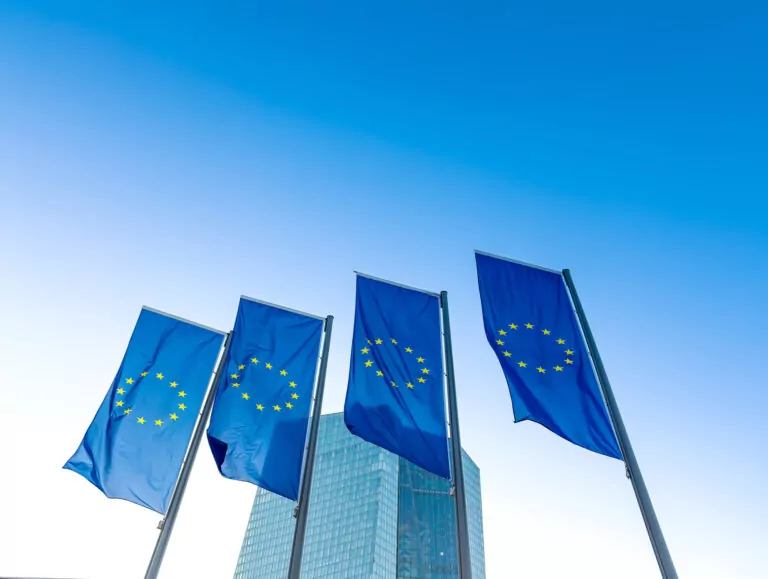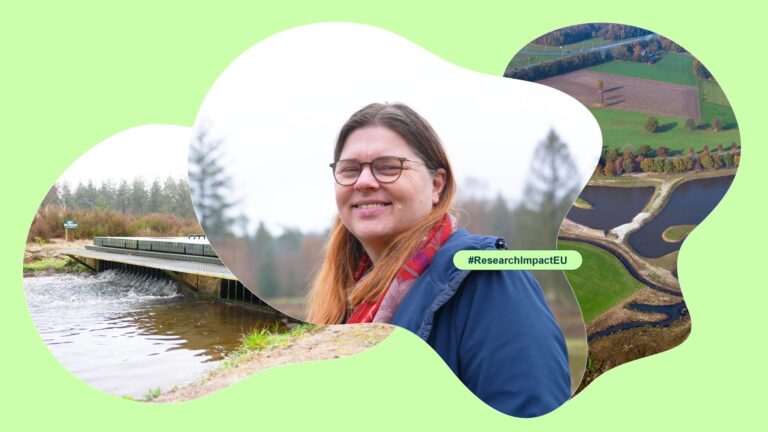Add to favorites:
Share:
Expected Outcome
Project results are expected to contribute to all of the following expected outcomes:
- Improved integration of public authorities (for compliance with regulations, strategies, etc.), social actors as well as the arts, especially cultural and creative sectors and industries (including local crafters and manufacturers), into the design and development of innovative street furniture[1].
- Better evidence on the uses of street furniture and the role of the co-creation in the design of street furniture informs procurement processes to improve quality of experience, safety, security[2], sustainability[1], resilience to the impact of climate change[4] and inclusiveness in neighbourhoods through street furniture.
Scope
Infrastructural decay, unequal access to essential public amenities (e.g., seating elements, facilities for people with disabilities such as ramps and lifts, etc.) and safety concerns (e.g., related to insufficient lighting or hazardous spatial conditions) represent just some of the challenges that especially older and poorer European neighbourhoods face.
The design of street furniture in neighbourhoods can have a positive impact on people's lives by enhancing comfort, safety, well-being, health, and accessibility. It can also foster social interaction, cohesion, a sense of belonging, cultural identity and community[1], respect for common spaces[1], etc.[7]
Furthermore, the attention to aesthetic values in the design of street furniture can contribute to local economies by attracting new visitors (e.g. developing creative tourism) and supporting local businesses, cultural and creative sectors and industries, and social economy entities and enterprises.
More prototyping and demonstration are essential to speed up the integration of innovative street furniture, that offer more attractive, sustainable, and inclusive design solutions for common spaces, following the values and principles of the New European Bauhaus[8].
Proposals are expected to address all of the following:
- Develop and demonstrate innovative designs for sets of street furniture which:
- Contribute to a functional common space throughout the year that includes relevant features such as resilience to vandalism and weather, protection from the effects of climate change, consideration of local specificities (such as coastal areas), and low maintenance cost.
- Improve the environmental performance of street furniture and, where relevant, integrate nature-based solutions[4], and sustainable, secondary (bio-based), recycled or upcycled materials as well as a digital dimension.
- Strengthen the aesthetic and cultural integrity of the history of the common space and the neighbourhoods.
- Meet the needs of different population groups throughout time (through modular and adaptive designs, and considering age, gender, mobility, etc.) by improving comfort, safety, accessibility, social interaction and well-being.
- Apply participatory methods while co-designing and prototyping innovative street furniture.
- Based on the research insights, produce recommendations to inform procurement processes for street furniture.
To achieve this, project consortia may provide financial support to SMEs, education or research institutions, and other relevant actors (such as not-for profit entities) in the form of Financial Support to Third Parties (FSTP). Given the type of action and its level of ambition, the amount to be granted to each third party may be a maximum of EUR 100 000 to allow for the prototyping and demonstration of the innovative designs.
Proposals are expected to follow a participatory and transdisciplinary approach through the integration of different actors (such as public authorities, local actors from the targeted neighbourhoods, civil society, actors from the cultural and creative sectors) and disciplines (such as architecture or design, arts and crafts, (civil) engineering, health).
This topic requires the effective contribution of social sciences and humanities[1] (SSH) disciplines and the involvement of SSH experts, institutions as well as the inclusion of relevant SSH expertise, in order to produce meaningful and significant effects enhancing the societal impact of the related research activities.
Proposals are expected to dedicate at least 0.2% of their total budget to share their intermediate and final results and findings with the Coordination and Support Action 'New European Bauhaus hub for results and impact' (HORIZON-MISS-2024-NEB-01-03).
[1] See definition in the Glossary section of the NEB part of the HE WP25.
[2] Action Plan to support the protection of public spaces, COM/2017/0612
[3] See definition in the Glossary section of the NEB part of the HE WP25.
[4] See definition in the Glossary section of the NEB part of the HE WP25
[5] See definition in the Glossary section of the NEB part of the HE WP25.
[6] See definition in the Glossary section of the NEB part of the HE WP25.
[7] A discussed in several studies, such as: Mehta, V. (2014). Evaluating Public Space. Journal of Urban Design, 19(1), 53-88; Cozens, P. M., & Love, T. (2015). A Review and Current Status of Crime Prevention through Environmental Design (CPTED). Journal of Planning Literature, 30(4), 393-412; Gehl, J. (2011). Life Between Buildings: Using Public Space; Carmona, M. (2019). Principles for Public Space Design, Planning to Do Better. Urban Design International, 24(1), 47-59; Whyte, W. H. (1980). The Social Life of Small Urban Spaces.
[8] See definitions for NEB values and NEB working principles in the Glossary section of the NEB part of the HE WP25.
[9] See definition in the Glossary section of the NEB part of the HE WP25
[10] See definition in the Glossary section of the NEB part of the HE WP25.
Partner Requests
Explore Real Collaboration Opportunities
🔍 As a logged-in member, you now have exclusive access to all active Partner Requests for this Funding Call.
See who’s looking for collaborators, explore exciting project ideas, and discover how others are planning to make an impact.
💡 Use these insights to get inspired—or take the next step and start a request of your own (3 entries for free).
Log in or registrate here for free.
You must be logged in to submit or manage a partner request.
Ask our experts about this call
Connect with the Listing Owner!
💬 Please log in now to send a direct message to our experts and ask your questions. Not a member yet? Sign up for free and start connecting today!
Related Funding and Finance Opportunities
Unlock Exclusive Funding Opportunities!
🔑 Get instant access to tailored funding opportunities that perfectly match your needs. This powerful feature is exclusively available to our premium members—helping you save time, stay ahead of the competition, and secure the right funding faster.
Upgrade to Premium now and never miss an important opportunity again! Already a premium member? Log in here to explore your matches.
Related Innovation Offers
Related Knowledgebase Resources
Discover More with Premium: Related Knowledge Resources
🔒 You’re missing out on expert-curated knowledge specifically matched to this topic. As a Premium member, you gain exclusive access to in-depth articles, guides, and insights that help you make smarter decisions, faster.
Whether you’re preparing a funding proposal, researching a new market, or just need reliable information—our Premium knowledge matches save you hours of research and point you directly to what matters.
Upgrade to Premium now and instantly unlock relevant knowledge tailored to your needs! Already a member? Log in here to view your personalized content.
Access Restricted
This funding opportunity is only fully available to premium members.








